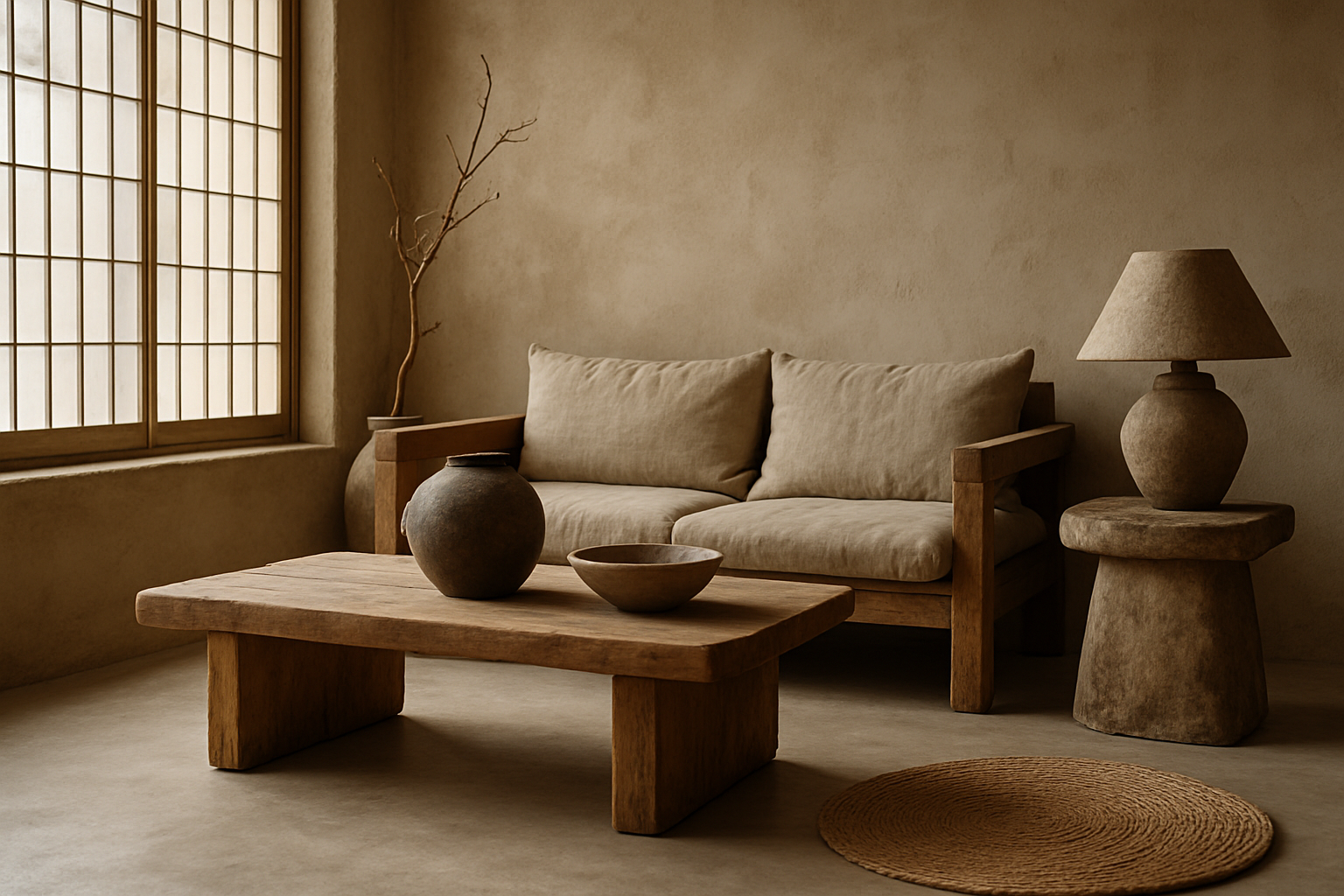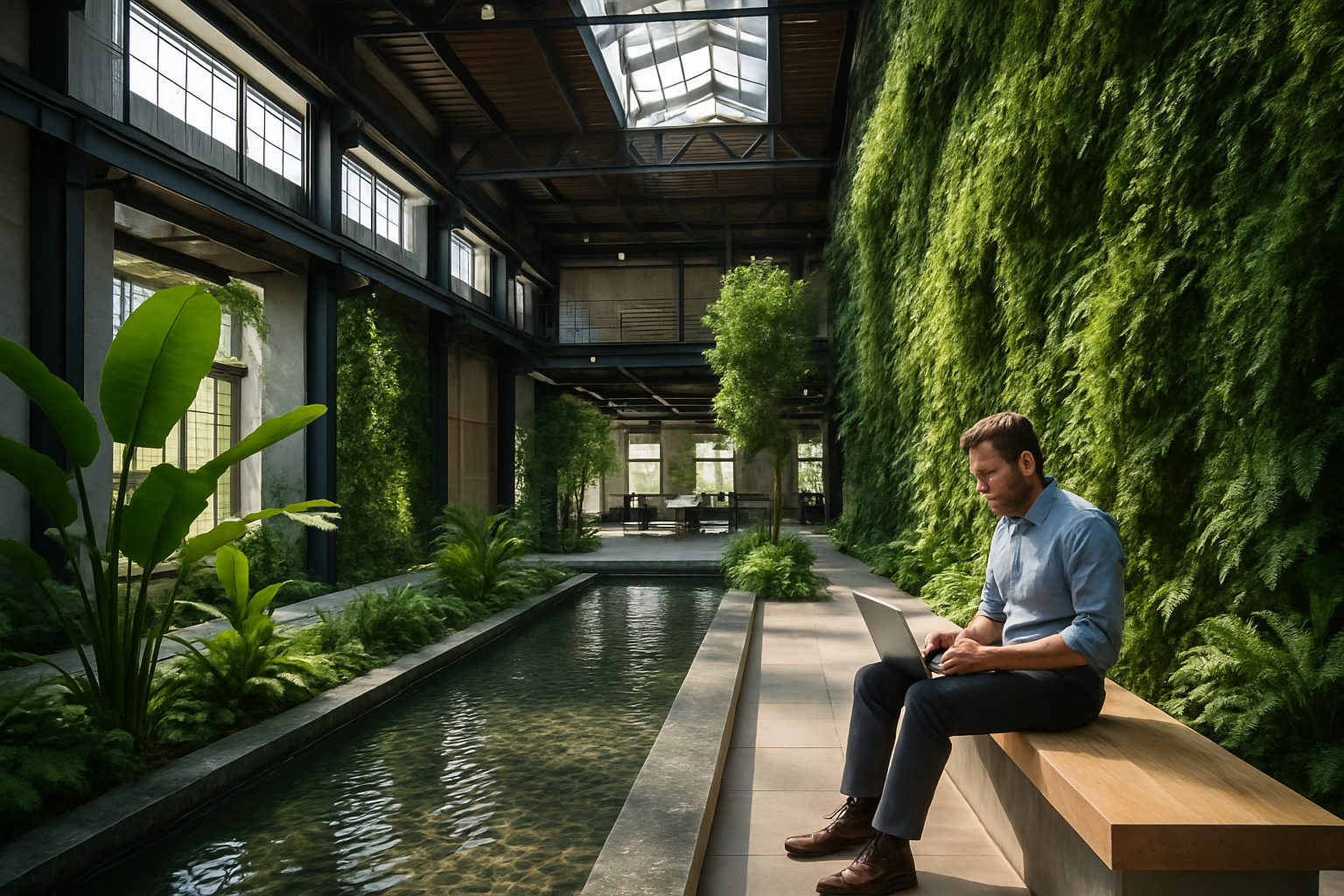Wabi-Sabi: The Art of Imperfect Beauty in Home Design
In a world obsessed with perfection, a quiet revolution is taking place in home design. Wabi-sabi, an ancient Japanese philosophy, is finding its way into modern interiors, challenging our notions of beauty and encouraging us to embrace the imperfect, impermanent, and incomplete. This centuries-old aesthetic is not just about decor; it's a lifestyle that celebrates the poetry of everyday life, turning our homes into serene sanctuaries that reflect the natural cycle of growth, decay, and renewal.

The Roots of Wabi-Sabi
Wabi-sabi finds its origins in 16th century Japan, emerging as a reaction to the prevailing aesthetic of lavishness and ornamentation. The term combines two concepts: wabi, which refers to simplicity and a sense of humility, and sabi, which embraces the beauty that comes with age and wear. Together, they form a worldview that appreciates the subtle majesty found in nature’s cycles and the marks left by time.
In traditional Japanese culture, wabi-sabi manifested in tea ceremonies, architecture, and pottery. Zen Buddhist monks were particularly drawn to this philosophy, seeing in it a reflection of the impermanence of all things—a core tenet of their beliefs. As wabi-sabi evolved, it became more than just an aesthetic; it became a way of perceiving the world, finding beauty in the modest and mundane.
Translating Wabi-Sabi into Modern Homes
Incorporating wabi-sabi into contemporary interiors doesn’t mean transforming your space into a Japanese tea house. Rather, it’s about adopting a mindset that values authenticity over artifice, simplicity over excess, and the beauty of natural processes over manufactured perfection. Here’s how homeowners and designers are bringing wabi-sabi principles into modern living spaces:
Embracing Natural Materials and Textures
At the heart of wabi-sabi design is a deep appreciation for natural materials. Rough-hewn wood, unpolished stones, and raw textiles take center stage, each telling a story through its unique grain, patina, or weave. Designers are incorporating these elements in innovative ways—think reclaimed barn wood for flooring, unfinished concrete walls, or hand-woven linen curtains that filter sunlight with an ethereal glow.
The Poetry of Imperfection
Wabi-sabi challenges the notion that everything in our homes should be new, flawless, and matching. Instead, it celebrates the charm of irregularity and the patina of age. This translates into interiors that feature mismatched dining chairs, crackle-glazed ceramics, or furniture with visible knots and burls. The key is to curate these imperfections thoughtfully, creating a space that feels lived-in and loved rather than neglected.
Mindful Minimalism
While wabi-sabi isn’t strictly about minimalism, it does advocate for thoughtful curation of possessions. This approach encourages homeowners to surround themselves only with items that are truly meaningful or functional. The result is spaces that feel open and uncluttered, allowing each carefully chosen piece to breathe and tell its story.
Color Palettes Inspired by Nature
The wabi-sabi color palette draws inspiration from the earth—muted tones of clay, sand, and stone dominate, punctuated by the soft greens of moss or the deep blues of twilight. These colors create a calm, grounding atmosphere that connects the interior to the natural world outside. Designers are using these hues in unexpected ways, such as clay-colored plaster walls or furniture upholstered in stonewashed linen.
The Art of Arrangement
In wabi-sabi interiors, arrangement is an art form in itself. Asymmetry is prized over perfect balance, mirroring the organic forms found in nature. This might manifest as a carefully curated vignette of objects with varying heights and textures, or a living room layout that favors conversation nooks over rigid symmetry. The goal is to create spaces that feel harmonious yet dynamic.
Wabi-Sabi in the Digital Age
As our lives become increasingly digital, the tactile, grounding nature of wabi-sabi offers a welcome respite. Homeowners are creating tech-free zones within their homes, spaces dedicated to unplugged activities like reading, meditation, or simply being. These areas often feature natural materials, handcrafted objects, and a distinct lack of screens, encouraging mindfulness and connection to the physical world.
In conclusion, wabi-sabi offers more than just a new design trend; it presents a holistic approach to living that values simplicity, authenticity, and the beauty of imperfection. As we navigate an increasingly complex world, this ancient philosophy provides a roadmap for creating homes that are not just visually appealing, but deeply nourishing to the soul. By embracing wabi-sabi, we open ourselves to a new way of seeing—one that finds poetry in the everyday and beauty in the passage of time.





